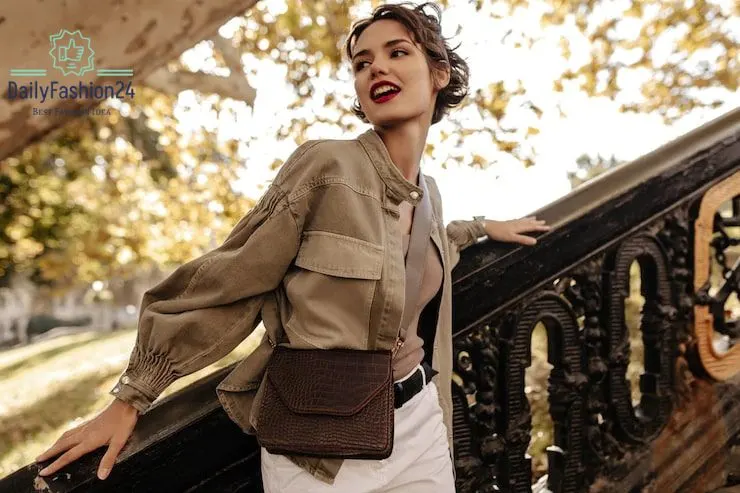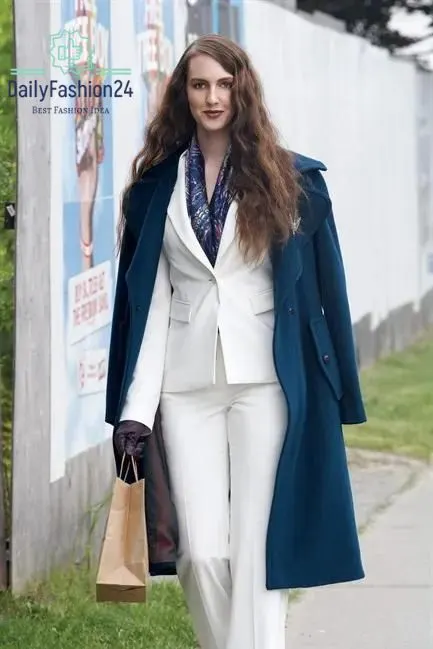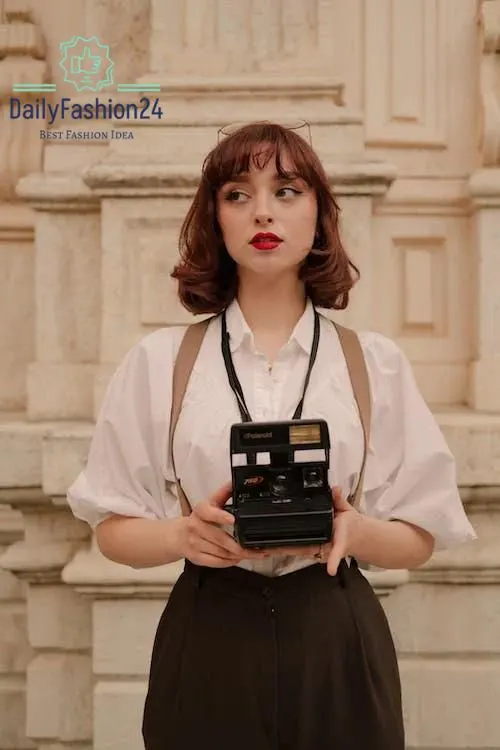
This kind of fashion is known as the retro revival style that reimagines and rejuvenates past styles, thus bringing historical elements of fashion back to the forefront. By taking a leaf out from various decades, this trend combines nostalgia with modernity thereby resulting in unique and trendy looks. The article provides an in-depth analysis of what retro revival entails, its characteristics, where it emerged from, and how it has influenced today’s fashion world.
What is Retro Revival Style?
Retro revival style brings past fashions back with a twist. This means that it incorporates historical styles into contemporary wardrobes by using vintage-inspired designs together with modern materials. This style revolves around different ages including the 1950s, 60s, 70s, 80s, and 90s which have contributed their unique features to the retro revival look.
Defining Characteristics of Retro Revival Style

Nostalgic Elements:
Reviving old trends through fashion is basically what retro revival means. It refers to iconic shapes or prints or any other details from different times past like high-waisted trousers from the seventies or strong shoulder pads reminiscent of the eighties.
Updated Fabrics and Cuts:
While the Retro Revival style draws upon the history of fashion for inspiration; it employs up-to-date fabrics and cuts to make everything look fresh. Often traditional motifs are revamped in modern materials such as sustainable fabrics or high-tech textiles merging old with new in perfect harmony.
A mix of Vintage and Contemporary:
Central to the Retro Revival style is mixing old vogue with new ones. You could wear a classic A-line dress dating back to the sixties but accessorize contemporary pieces on top or merge second-hand patterns with futuristic cuts; because you aim at a balanced outlook that reminds you of something yet makes sense now.
Emphasis on Iconic Trends:
Various eras have brought about iconic trends of the Retro Revival style. For instance, the fifties were characterized by polka dots and full skirts, which were later replaced by mod fashion and geometric patterns associated with the sixties, and boho-chic plus bell-bottoms during the seventies. As for the eighties, it was bold colors in huge sizes while the nineties popularized minimalism and grunge. All these trends are revisited and modified according to present-day fashion.
Playful and Experimental Approach:
Retro Revival style is often marked by a playful and experimental approach to dressing. When different styles from different decades are mixed, designers as well as fashion enthusiasts try new combinations to come up with unique looks. This spirit of experimentation allows one to be creative, and express themselves while at the same time paying homage to the old.
Origins and Evolution of Retro Revival Style

The Retro Revival trend began gaining traction in the late 20th century as fashion started looking back at its history. The cyclical nature of fashion meant that trends from previous decades began reappearing in new forms. The revival of 1970s styles happened in the 1990s while influences of the 1980s resurfaced during the early parts of the 2000s.
As information about fashion history became more accessible through digital archives and social media, people’s interest in past styles has grown stronger than ever before. Designers often look back at what previous generations wore leading therefore to resurgence most especially now that retro revival has taken over our wardrobes once again like never before.
The Impact of Retro Revival Style
Celebrating Fashion History:
Retro Revival style is a celebration of the history and timeline of fashion in which it has been. This is through bringing past trends back into focus thereby showing the deep-rooted history and various influences that have influenced modern-day fashion.
Influencing Modern Trends:
As a result, the influence of retro revival style goes beyond individual outfits to impact broader trends in fashion. The style often motivates designers to go back to their earlier forms thus affecting seasonal collections and runway shows as well. Consequently, this can lead to increased appreciation for vintage fashion as well as its place in contemporary design.
Encouraging Sustainable Fashion:
In addition, this style supports sustainable fashion because it reuses or reinterprets previous clothing elements from past times. It also encourages recycling older clothes or upcycling them so that they do not become waste.
How to Incorporate Retro Revival Style
Select Iconic Pieces:
To begin with, include iconic pieces from different decades in your wardrobe. Look for clothes that were designed after the 1950s like polka-dotted dresses or flared jeans made during the 1970s while others are power suits from the 1980s era. The choice should be based on your taste so that it fits perfectly with what you already have.
